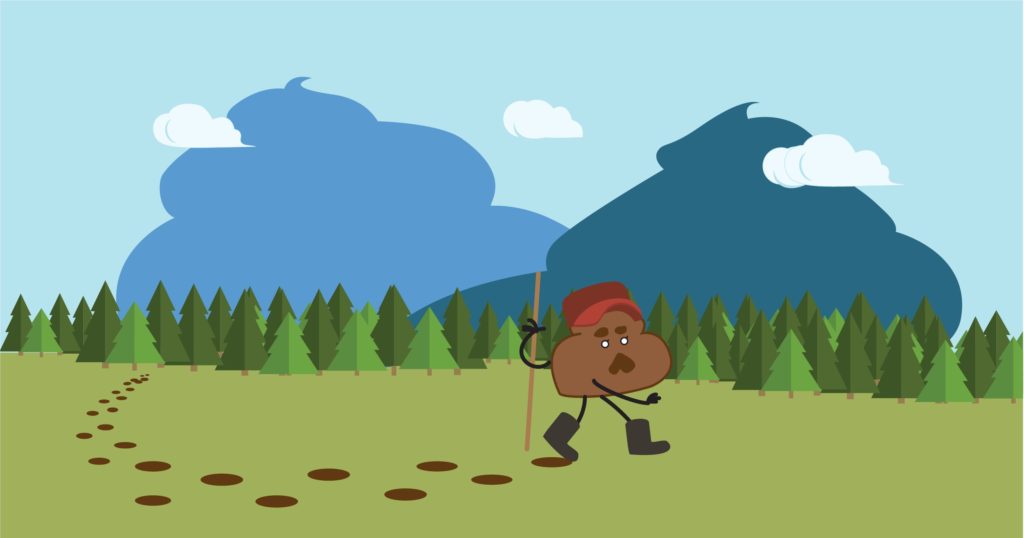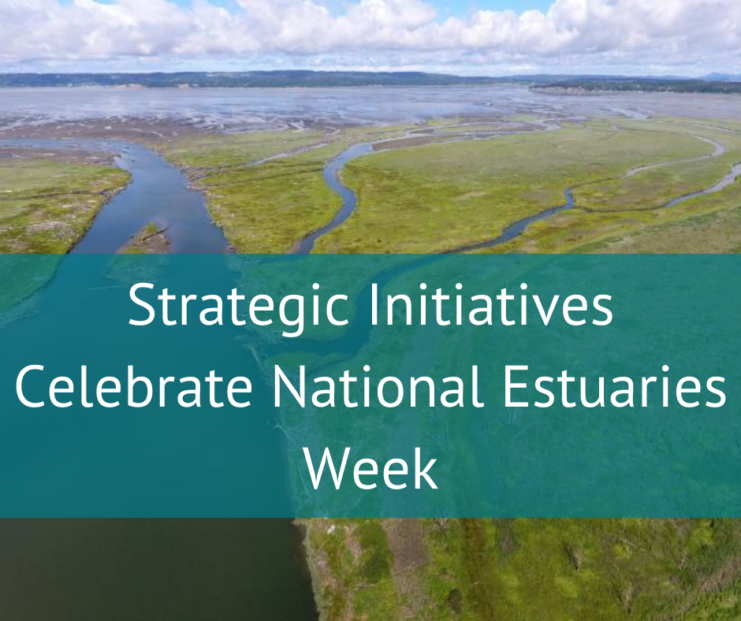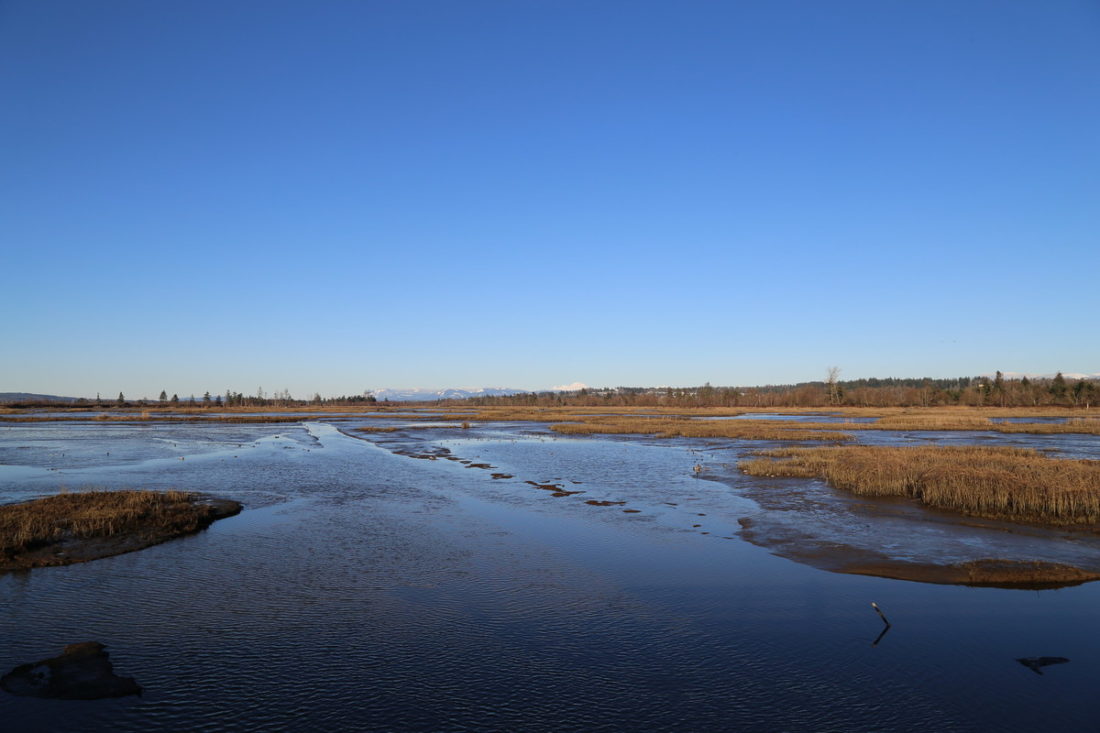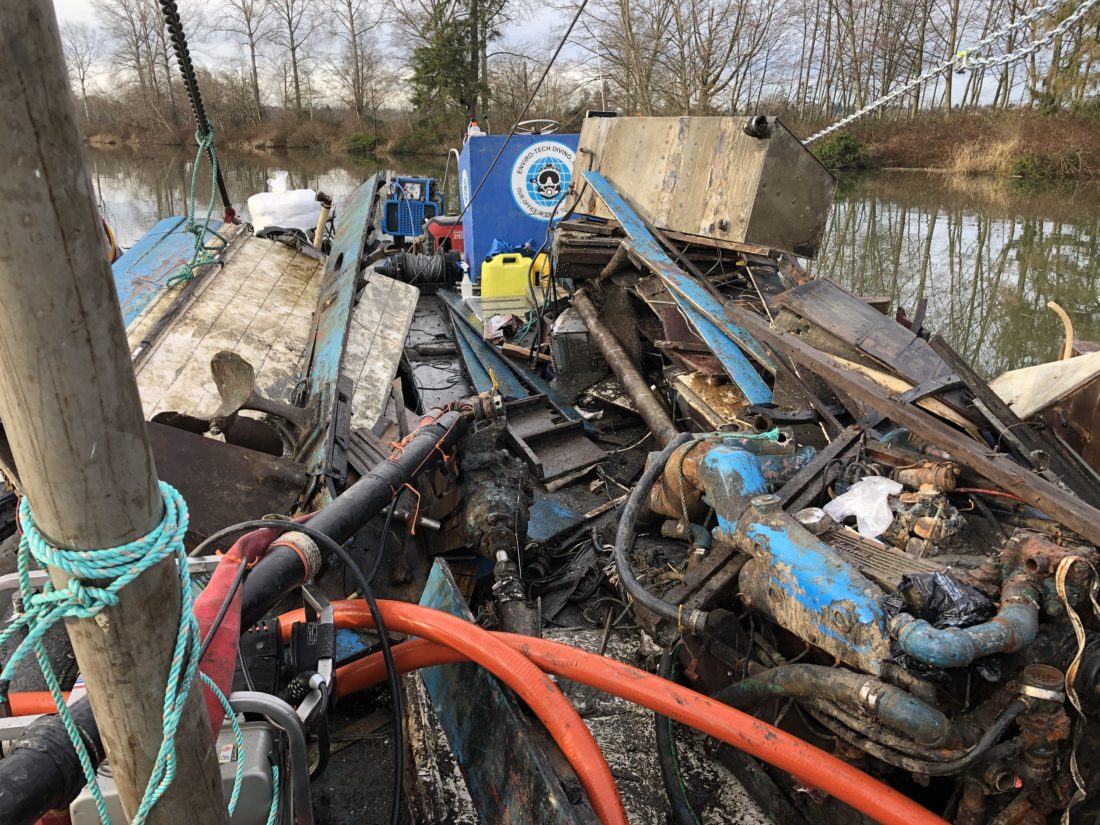Estuaries are dynamic ecosystems that create one of the most diverse landscapes in Puget Sound. They create habitat for the marine birds we like to watch, provide the conditions needed for the clam digging we all know and love, and provide a place for fish and other marine life to live and thrive.
In celebration of National Estuaries Week, the Strategic Initiative Leads would like to share with you a few stories of our favorite estuary recovery efforts.
Derelict Vessel Removal in Snohomish Estuary
The Habitat Strategic Initiative Lead, using EPA Geographic funds, supported a project selected by the Snohomish-Stillaguamish Local Integrating Organization to removed five derelict vessels from the Snohomish Estuary to restore declining nearshore habitats and prevent further damage from derelict vessels. The project was lead by with the Snohomish Marine Resource Committee.
Derelict vessels often contain harmful quantities of oil, lubricant, and other toxic substances in the materials used to construct the vessel or in cargo on board. These chemicals can injure or kill marine mammals, waterfowl and other aquatic life; and contaminate aquatic lands, nearby shorelines and water quality. Vessels that settle on the bottom can disrupt the aquatic environment, scouring or crushing sensitive habitats like eelgrass or kelp beds.
Many harmful toxic substances on derelict vessels don’t dissolve in water and remain in the environment for along time. For this reason they are called Persistent Organic Pollutants. They are fat-soluble and eventually accumulate in animal fat becoming concentrated in animals at the top of the food chain—like the endangered southern resident orcas.
Under the Floodplains and Estuaries Implementation Strategy, the Habitat Strategic Initiative funds projects that support healthy estuaries and their associated floodplains throughout Puget Sound. The strategy builds off some of the lessons learned and funding supported by the Estuary and Salmon Restoration program at the Department of Fish and Wildlife. Since 2006, they have protected and restored 4,541 acres of estuary habitat.
Poop Smart Wins Prestigious Award

A Shellfish Strategic Initiative funded project with Skagit County has been awarded the prestigious Diamond Award for representing the best in government communications. The campaign, using humor, puns and quotes, makes what could be an uncomfortable topic relatable and fun.
The Poop Smart campaign is focused on keeping water clean for people, pets, agriculture, and fish and wildlife. Bacteria in poop (fecal coliform bacteria) can cause illnesses such as gastroenteritis, ear infections, dysentery, or hepatitis A if ingested. People and pets can be exposed by swimming, wading, or eating shellfish from waters with high bacteria levels.
This project supports the Shellfish Beds Implementation Strategy, which highlights the need for solutions such as effective and sustainably funded local non-point pollution programs, sufficient farm waste management and management of onsite septic systems.
Bivalve shellfish are of ecological, economic, cultural, recreational, and historical significance to Puget Sound. Shellfish also provide biophysical services: they feed by filtering and ingesting minute particles –mostly microscopic algae –from seawater. This helps to maintain water quality and clarity, allowing sunlight to penetrate to depths at which eelgrass and seaweed use it for photosynthesis. Shellfish pass on digested and undigested material that settles to form sediments, feeding benthic organisms. They also add structure to nearshore habitats, provide refuge and food for other species, and can help to remove nitrogen from the water.
When functionality meets beauty: Green Stormwater Infrastructure Portfolio Investments

Low Impact Development and Green Stormwater Infrastructure offer so much more than pollution reduction. Both are on-site approaches that slow, infiltrate and filter stormwater. The processes inherent in both are beneficial for reducing the quantity of polluted and flashy runoff to local waterways and improving water quality.
In many cases, such as rain gardens, bioretention, and green roofs, installations offer additional benefits such as recreation and gathering spaces, habitat, cooling shade, and just sheer beauty.
These facilities often reduce the costs associated with stormwater pollution in addition to attracting soil microorganisms, pollinators, and aesthetics that people seem to like.
About the Strategic Initiative Leads
The Strategic Initiatives Leads started working actively in mid-2016 on the development, implementation, and funding actions within the Puget Sound Action Agenda. We have funded over 227 projects, the majority of which are Near Term Actions identified in the Puget Sound Action Agenda, totaling over $57 million dollars.
EPA Puget Sound Geographic Program Funds support the Strategic Initiative Lead’s strategic planning and grant programs. Across Puget Sound, we have used these funds to support research and monitoring, technical assistance, planning efforts, education and outreach, and capital projects.
We don’t do it alone!
Recovery in Puget Sound happens at the local, watershed, state, regional, and even international scales, and stakeholders span public, private, and non-profit sectors.
We work in coordination with our advisory teams, one another, the Puget Sound Partnership, U.S. Environmental Protection Agency (EPA), Tribes, Local Integrating Organizations, and other partners.
Get excited!
We are looking forward to continuing to advance Puget Sound recovery into the future. Sign up for our email list to receive the latest updates on our next steps and potential funding opportunities!
Did you know?
EPA’s National Estuary Program is a collaborative, efficient, and adaptable ecosystem-based network of organizations that protects and restores 28 estuaries of national significance.



